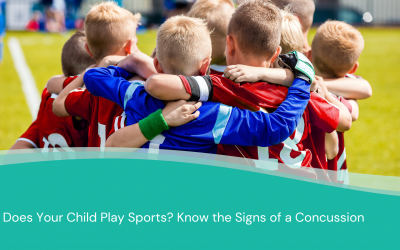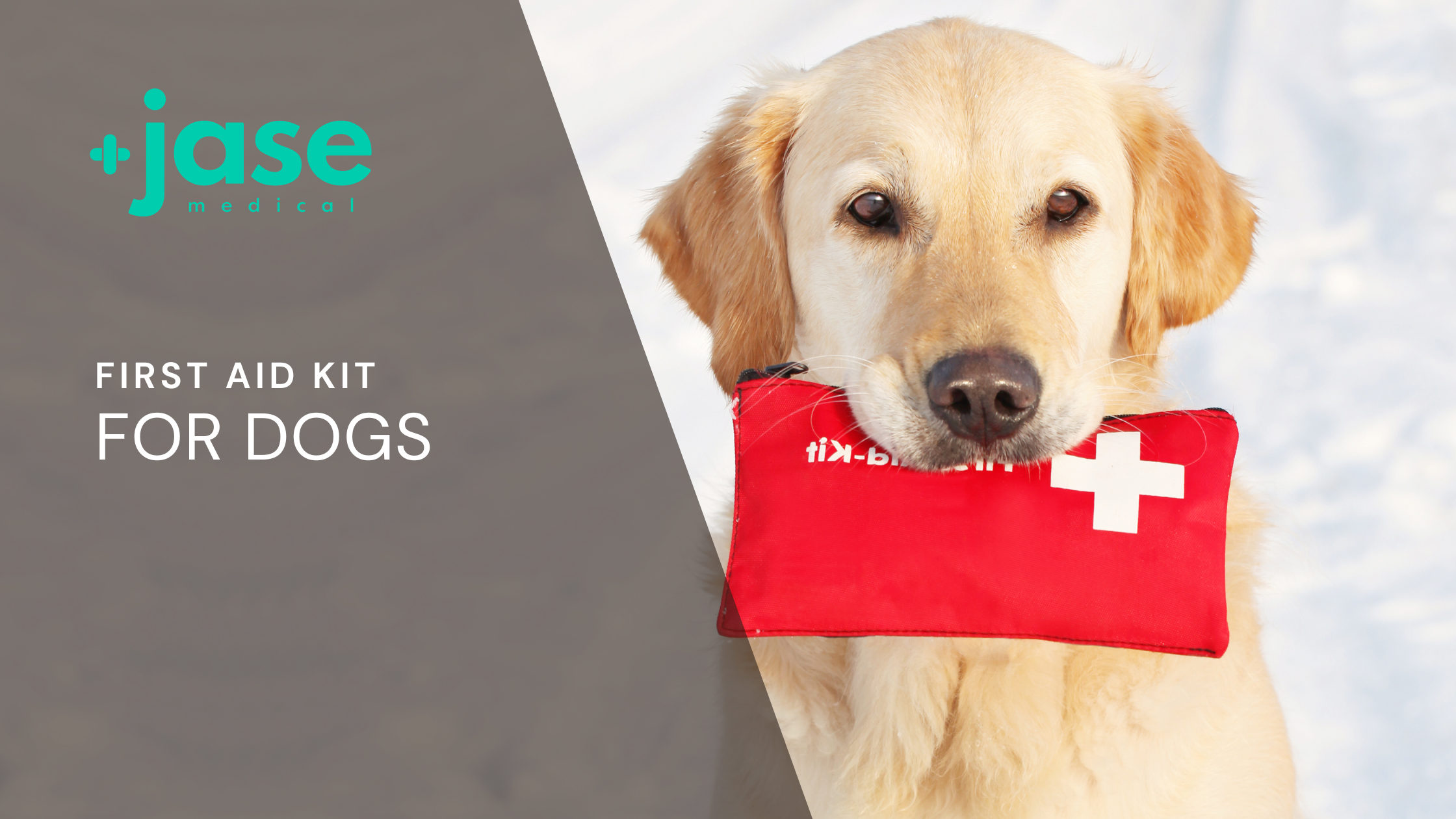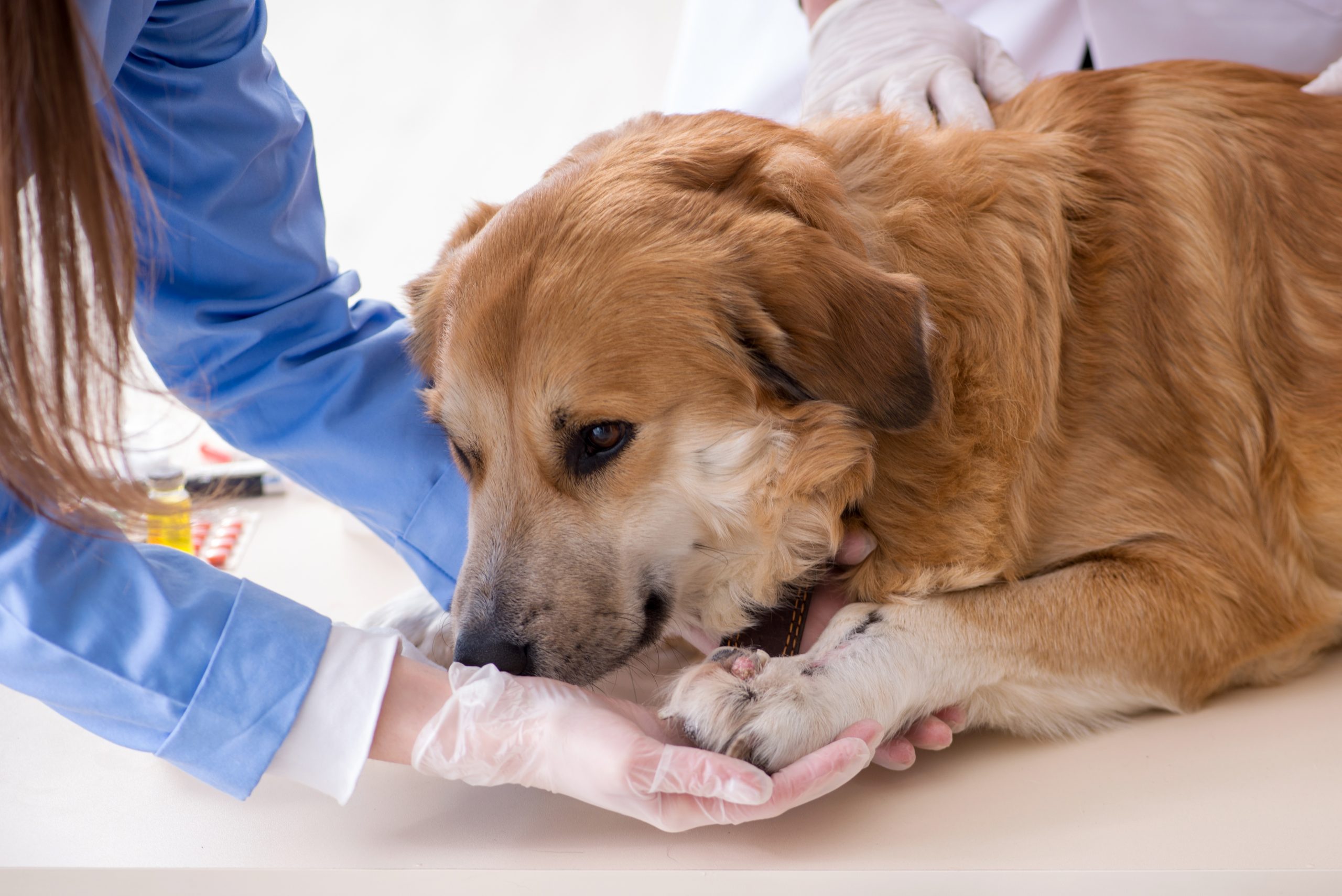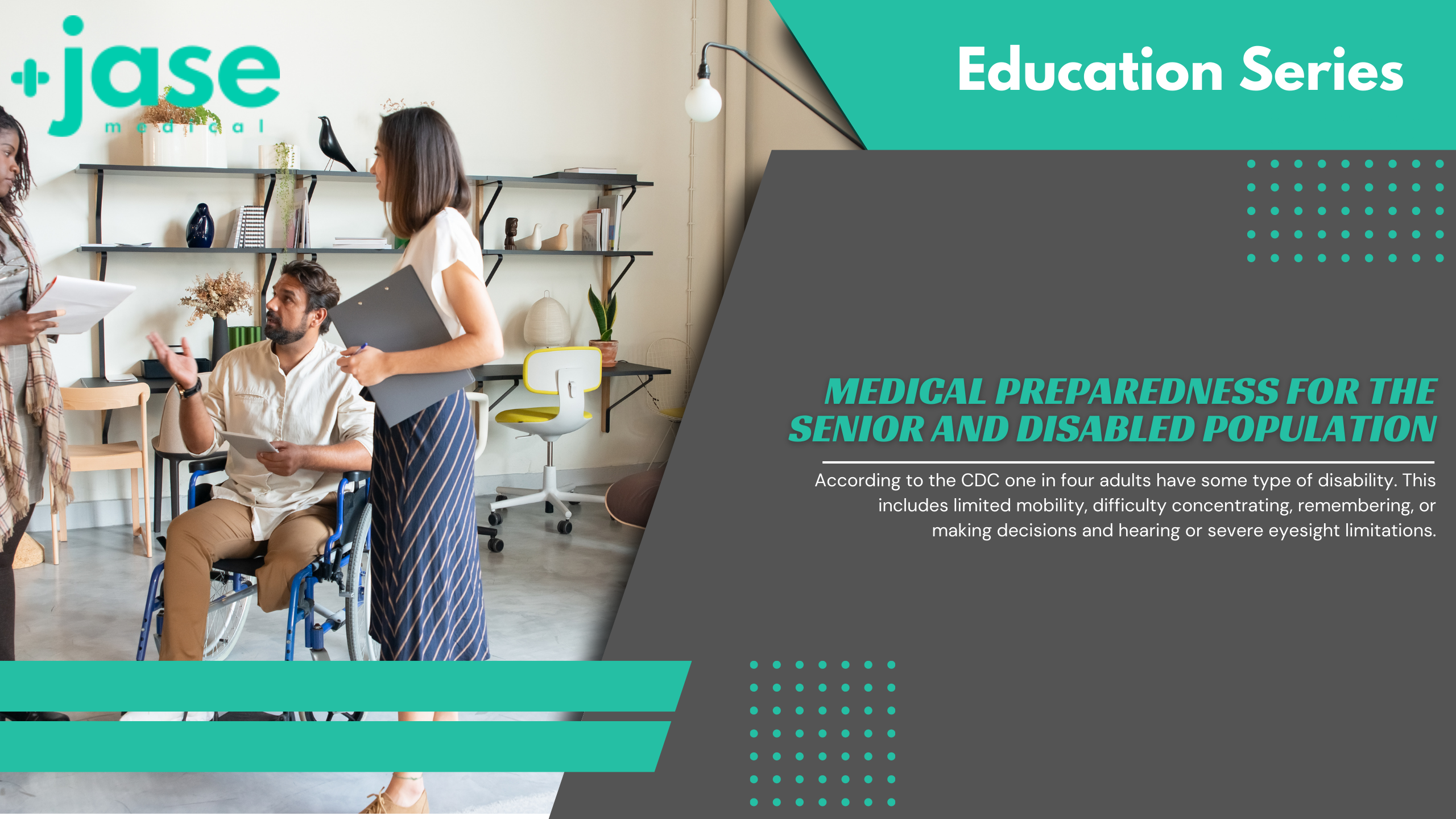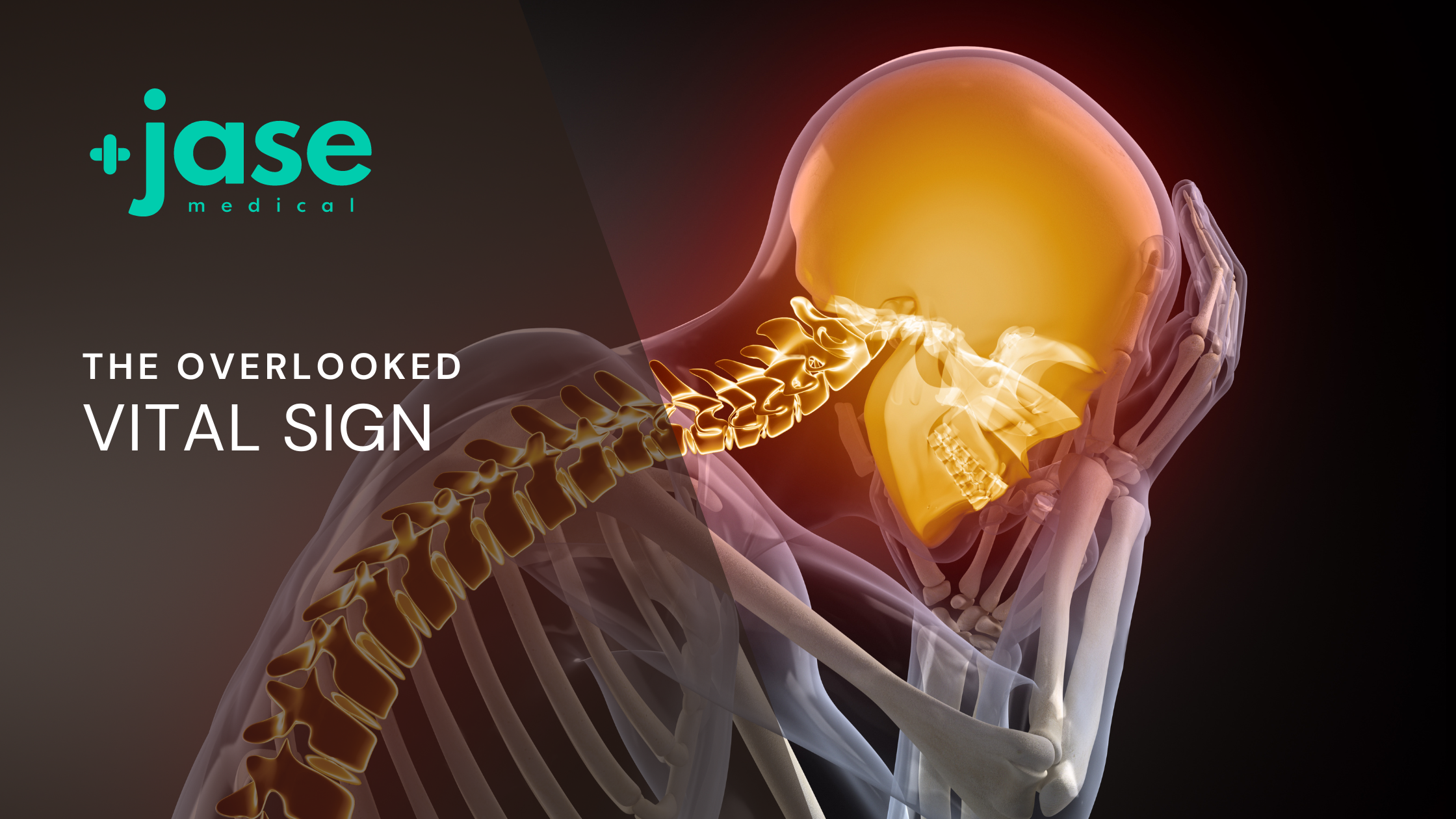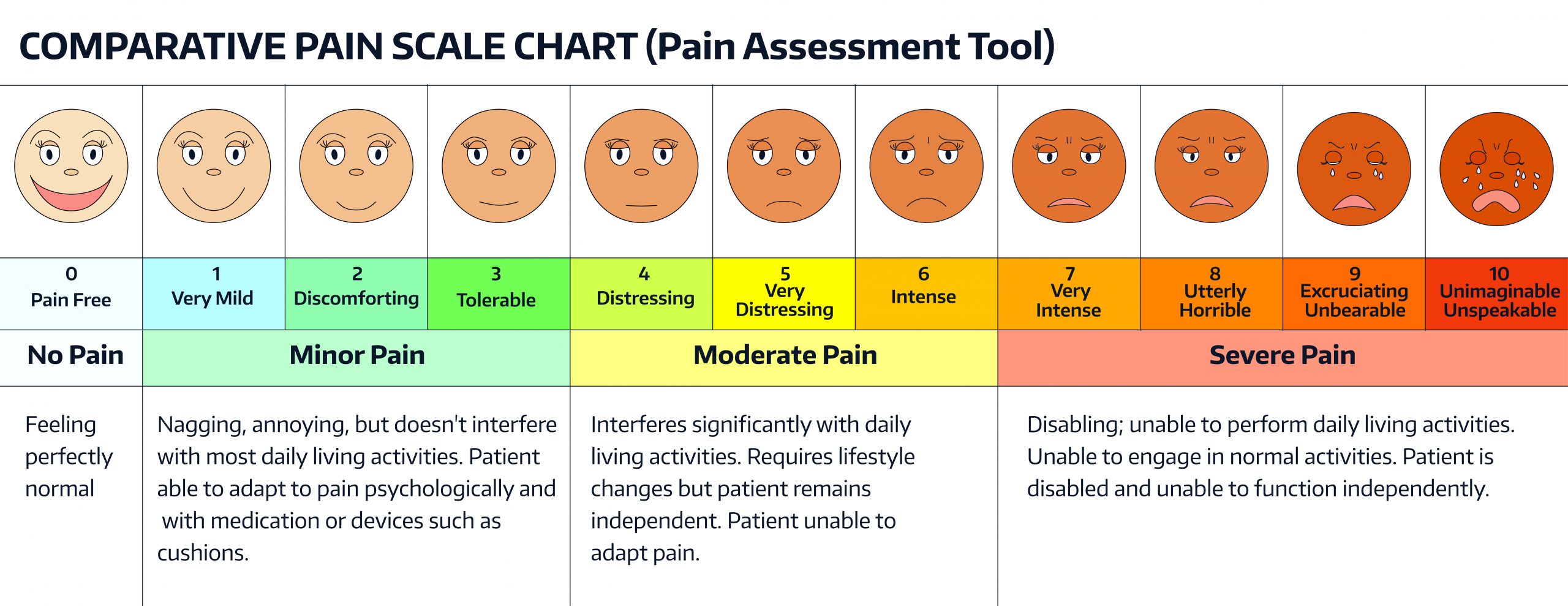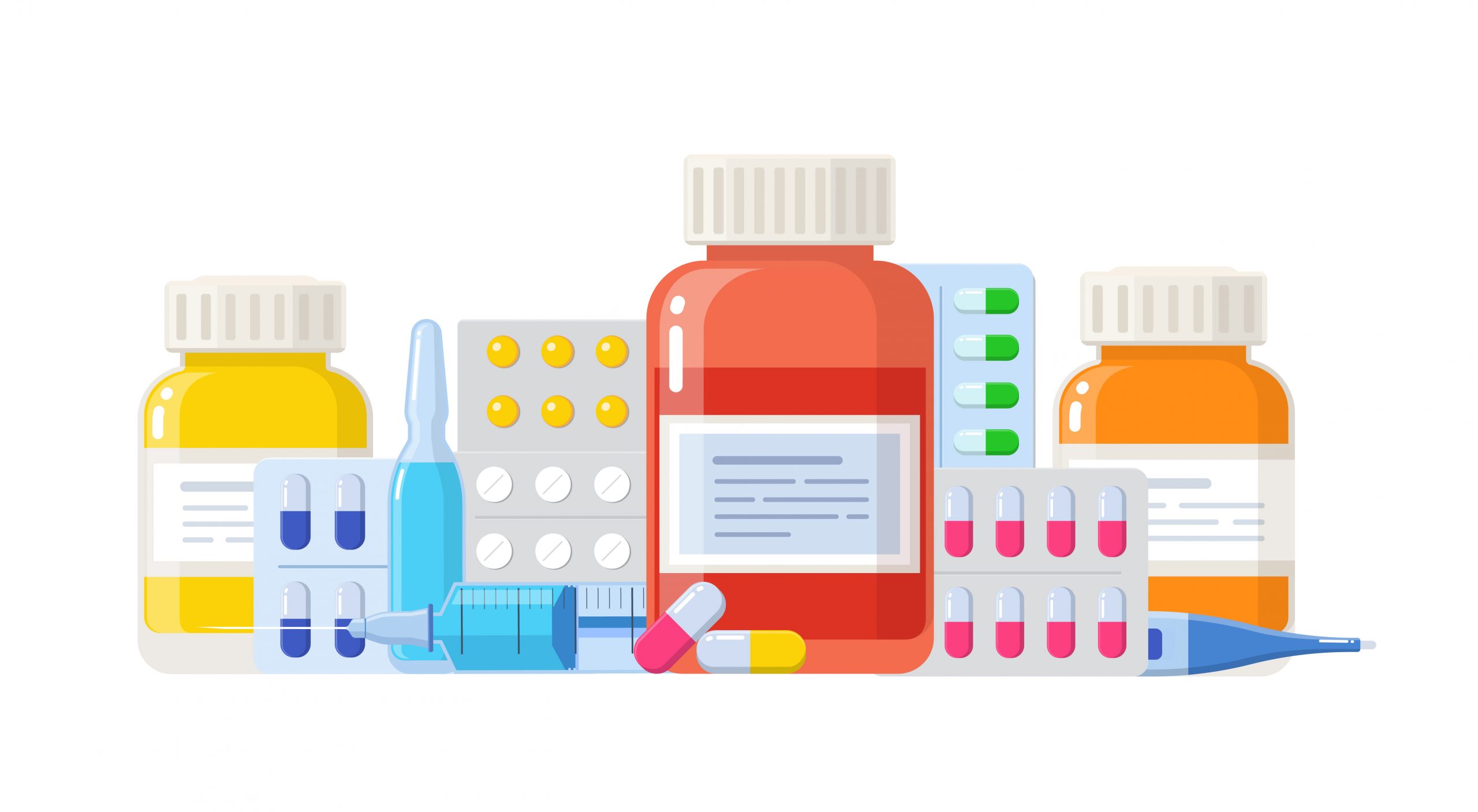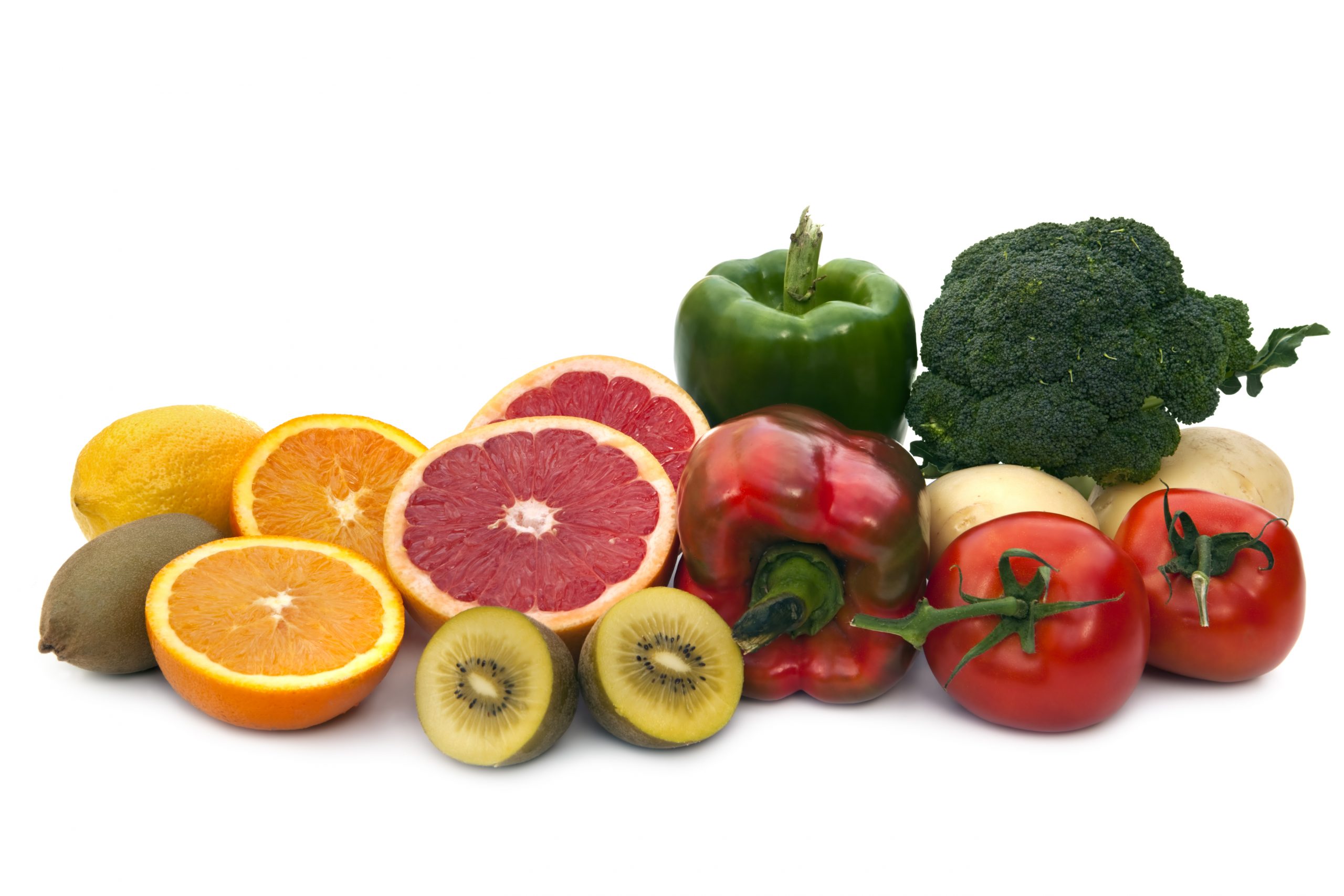(Heart healthy hacks series)According to the American Heart Association. the 3 deadliest days in the calendar year for cardiac deaths are: in first place, December 25th, second is December 26th and third deadliest is January 1st . There are several possible reasons...
Medical Emergency-Sudden Cardiac Arrest
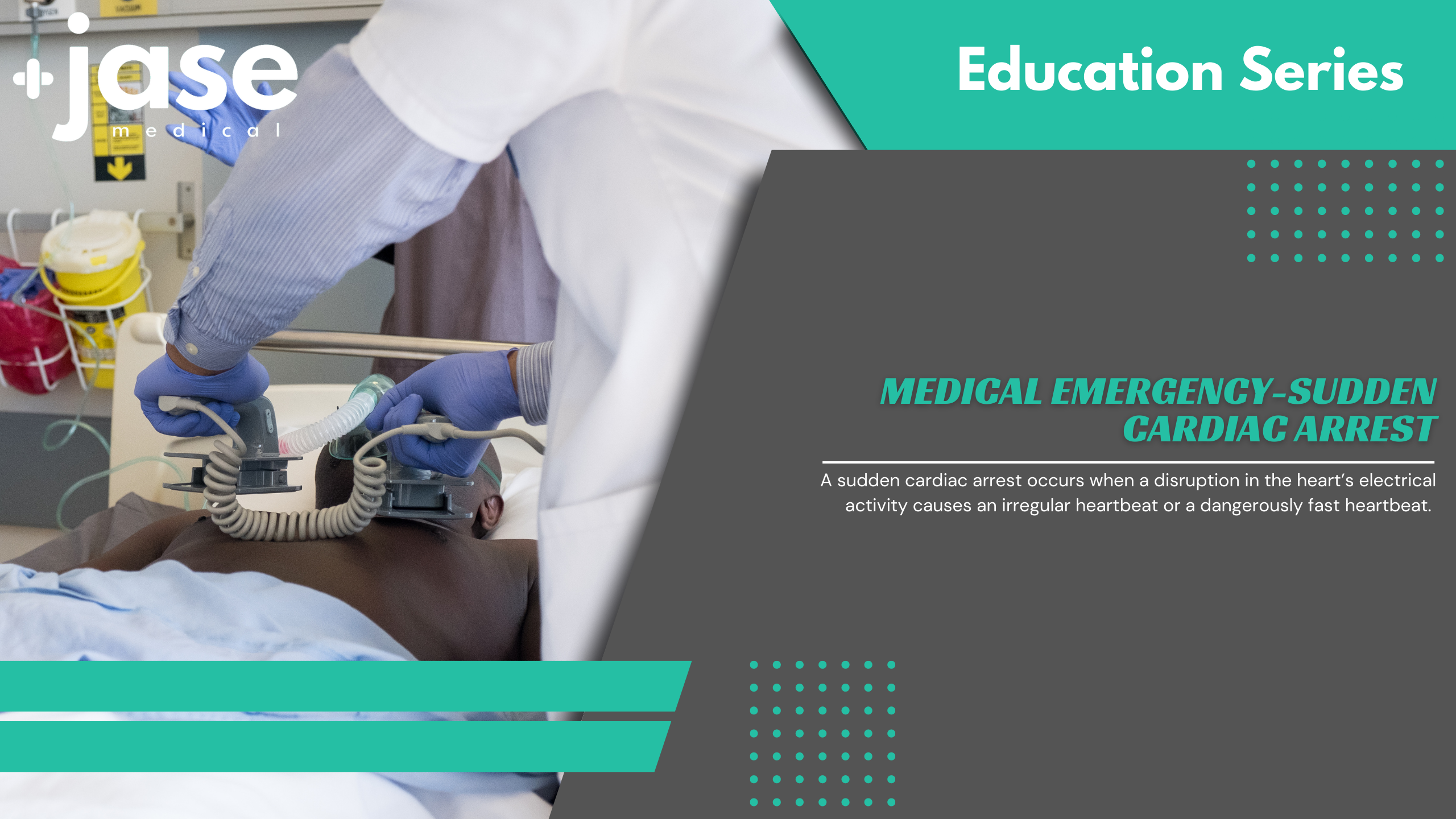
A sudden cardiac arrest occurs when a disruption in the heart’s electrical activity causes an irregular heartbeat (ventricular fibrillation) or a dangerously fast heartbeat (ventricular tachycardia). This is different from a heart attack. A heart attack is caused by a blockage that stops blood flow to a part of the heart. A cardiac arrest can result from the blockage.
Either way, the brain and organs don’t get the blood and oxygen required to sustain life. Initiating immediate treatment by restoring the hearts normal rhythm can prevent organ damage and even death. More than 350,000 sudden cardiac arrest events occur outside the hospital, with 7 in 10 of these occurring in the home every year.
Less than half of cardiac arrest victims (45.7%) get the immediate help they need before emergency responders arrive.
Lifesaving technology- AED
An automated external defibrillator (AED) is a lightweight, portable device. It delivers an electric shock through the chest to the heart when it detects an abnormal rhythm and changes the rhythm back to normal. It can prompt the user when to administer CPR and when to defibrillate.
The AED uses voice prompts, lights and text to tell the rescuer the steps to take. AEDs may have two sets of pads — adult pads and child pads. For CPR, anyone 1 year or older who hasn’t gone through puberty is considered a child.
According to American Heart Association , survival rate of AED use from bystanders versus not using AED was dramatic, according to research in the American Heart Association’s journal “Circulation”.
An international team of researchers looked at 49,555 out-of-hospital cardiac arrests that occurred in major U.S. and Canada cities. They analyzed a key subgroup of these arrests, those that occurred in public.
Findings included:
- Patients shocked by a bystander were significantly more likely to survive discharge (66.5% versus 43.0%) and be discharged with favorable functional outcome (57.1% versus 32.7%) than patients initially shocked by emergency medical services.
- Cardiac arrest victims who received a shock from a publicly available AED that was administered by a bystander had 2.62 times higher odds of survival to hospital discharge and 2.73 times more favorable outcomes compared to victims who first received an AED shock after emergency responders arrived.
- Without a bystander using AED shock therapy, 70% of cardiac arrest patients either died or survived with impaired brain function.
Time is of the essence.
According to the NIH, CPR plus defibrillation within 3–5 min of collapse can produce survival rates as high as 49–75%!
Who is at risk for sudden cardiac arrest?
- Most cardiac arrests occur in men
- Coronary artery disease accounts for over 80% of cases
- Enlarged heart (cardiomyopathy)
- Heart valve disease
- Long QT syndrome
- Diabetic
- Smoker
- Genetic- family history of cardiac arrest
- Obesity
- Respiratory arrest-pneumonia or seizure disorders can lead to a person stop breathing,
- Injury such as a hard blow to the chest from sports related activity (hockey, baseball) or accident
- Sleep apnea
- Low levels of potassium and/or magnesium
- Stimulant drugs- methamphetamines
- Chronic kidney disease
- And unfortunately, no known risk factors- some suffer cardiac arrest for no apparent reason
Symptoms of sudden cardiac arrest are immediate and severe and include:
- No pulse.
- No breathing
- Loss of consciousness
- Chest discomfort
- Shortness of breath
- Fast-beating, fluttering or pounding heart palpitations
- Cardiac arrest can occur with no warning
- If you see a person faint or if you find a person already unconscious, first confirm that the person cannot respond. The person may not move, or his or her movements may look like a seizure.
- You can shout at or gently shake the person to make sure he or she is not sleeping.
- Check the person’s breathing and pulse. If the person is not breathing and has no pulse or has an irregular heartbeat, use the AED as soon as possible.
How to and when to use an AED
Check out our downloadable pdf on the difference between a heart attack and sudden cardiac arrest and steps to take
Get trained in CPR and AED use if you aren’t already
Take a CPR/AED course and rehearse steps. The longer CPR and AED is delayed the more likely the victim will suffer long term disabilities or die. Check with your local health departments, fire stations, Red Cross and emergency preparedness facilities to locate and take the combined CPR/AED class. Be sure that everyone in your family/group knows CPR and AED use.
Choosing a home AED
When looking for a home AED there are a few things to consider.
- Check with insurance-If you or anyone in your household has risk factors that could justify the purchase of one, contact your insurance provider and see if it would be covered. These devices aren’t cheap, with models starting at $1200.00 and up.
- Warranty and repair policies-Since these devices are costly, carefully review their warranty and return policies.
- Make sure they are FDA approved– FDA approval means that the devices have been tested and are safe for public use.
- Ease of use– This includes clear visual and audio cues. If the user is hearing or vision impaired, it will be important to test the device to make sure they can see/hear/understand the prompts.
- Cost of maintaining AED– pads, batteries, leads and general maintenance can all add up.
- Is the AED water, dust, impact resistant? – even though you don’t use it in water, if there is a chance the AED can get wet or be exposed to moisture, dust, dirt or could sustain an impact, you will want to take this feature into consideration.
- Age ranges– Consider the age the unit will most likely be used on. Different AED devices deliver different shock intensity. If you feel you may need to use the device on a very young child research brands that carry appropriate shock for them.
- Reliability record– check independent reviews, do your homework before purchase. The worst scenario would be for the AED to malfunction or not work at all during a cardiac emergency.
- Size and portability– Most AEDs on the market today only weigh a few pounds, ad most come with a carrying case that can hold extra pads and supplies. If you choose one that doesn’t have ample room to store extra supplies, consider buying a pack to store the AED and supplies. Be sure to clearly mark on the outside that it is an AED.
- Brooke Lounsbury, RN
Medical Content Writer
Lifesaving Medications
Recent Posts
Keeping you informed and safe.
These Days are The Most Deadly for Heart Attacks
Practice an Attitude of Gratitude for Even More Resiliency
Resiliency: an ability to recover from or adjust easily to misfortune or change. Change or misfortune can be physical, mental, or emotional. Our ability to recover and thrive from change or misfortune reflects on how resilient we are. The past several years- pandemic,...
Does Your Child Play Sports? Know the Signs of a Concussion
A concussion is a type of traumatic brain injury—or TBI—caused by a bump, blow, or jolt to the head or by a hit to the body that causes the head and brain to move rapidly back and forth. This sudden movement can cause the brain to bounce around or twist in the skull,...



